How to Choose the Right Two-Wheeler Tyres for Your Needs
Two-wheeler enthusiasts understand the significance of having the right set of tyres. Whether you ride a motorcycle, scooter, or any other type of two-wheeler, the tyres play a crucial role in determining your safety, comfort, and overall riding experience.
However, with too many available options, choosing the perfect tyres for your needs can be challenging. In this comprehensive guide, we’ll delve into the factors to consider and steps to take to ensure you select the right two-wheeler tyres.
Understanding Your Riding Style and Needs
The first step in choosing the right two-wheeler tyres is to understand your riding style and needs. Are you a casual rider who commutes daily within the city, or are you an adventure enthusiast who loves off-road trails? Different riding styles require different types of tyres.
For instance, if you primarily ride on smooth city roads, you’ll need tyres optimized for grip and performance on asphalt. On the other hand, if you often venture onto unpaved roads or rough terrains, you’ll need tyres with better off-road capabilities.
Factors to Consider When Choosing Two-Wheeler Tyres
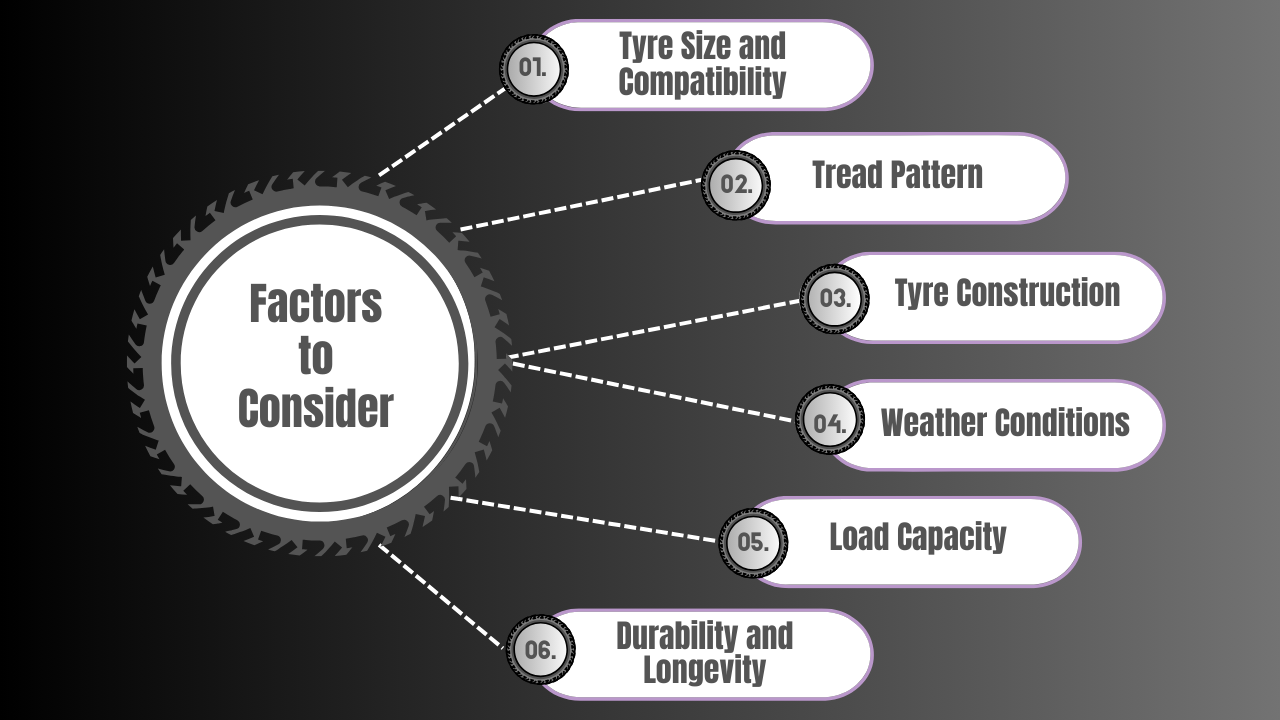
- Tyre Size and Compatibility: The size of your two-wheeler tyres is crucial for safety and performance. Consult your vehicle’s manual or check the sidewall of your current tyres to find the correct size. Ensure that the tyres you choose are compatible with your vehicle’s specifications.
- Tread Pattern: The tread pattern of a tyre determines its grip and performance on different surfaces. Slick tyres offer maximum grip on smooth surfaces like asphalt, while tyres with deep treads provide better traction on off-road trails. Choose a tread pattern that suits your riding environment. Identifying the different tread designs for tyres can help you make an informed decision.
- Tyre Construction: Two-wheeler tyres come in various constructions, including bias-ply and radial. Bias-ply tyres are more affordable and provide better puncture resistance, making them suitable for everyday commuting. Radial tyres offer superior grip and stability at higher speeds, ideal for performance-oriented riding. Choosing from radial vs. bias tyre construction depends on your riding preferences and requirements.
- Weather Conditions: Consider the weather conditions in your area when selecting tyres. If you frequently ride in wet or rainy conditions, opt for tyres with enhanced wet grip and water dispersion capabilities to ensure safety. Conversely, if you live in a dry climate, focus on tyres optimized for dry traction and durability.
- Load Capacity and Speed Rating: Every tyre comes with a load capacity and speed rating indicating the maximum load it can carry and the maximum speed at which it can safely operate. Ensure that the tyres you choose meet or exceed your vehicle’s load requirements and are suitable for your riding speeds.
- Durability and Longevity: Investing in durable tyres can save you money in the long run by reducing the frequency of replacements. Look for tyres made from high-quality materials with robust construction that can withstand wear and tear, especially if you ride frequently or cover long distances.
Selecting Between Tube Type Tyres and Tubeless Tyres
Tube Type Tyres
Tube type tyres are a practical choice for those seeking affordability and simplicity. It is a cost-effective solution and is easier to install and maintain, making it accessible to a wide range of users. Compatible with various rims ensures flexibility and their widespread availability makes them convenient to obtain.
Additionally, it provides added protection to the rim against damage, appealing to users in rough terrain or prone to impacts.
Tubeless Tyres
Tubeless tyres do not require an inner tube and instead rely on airtight seals between the tyre and the rim to hold the air pressure. It offers several advantages including reduced risk of punctures, lower rolling resistance, and improved stability at lower pressures. Tubeless tyres are becoming increasingly popular among riders for their convenience, reliability, and performance benefits.
Steps to Choose the Right Two-Wheeler Tyres
- Research and Comparison: Start by researching different tyre brands and models available in the market. Consider factors such as performance, durability, and price. Use online reviews, forums, and expert opinions to compare different options and narrow down your choices.
- Consult Experts: If you’re unsure about which tyres to choose, don’t hesitate to consult with experts at your local motorcycle dealership or tyre shop. They can provide valuable insights and recommendations based on your specific requirements and riding style.
- Consider Budget and Value: While it’s essential to invest in high-quality tyres for your safety, consider your budget constraints as well. Look for tyres that offer the best value for money, balancing performance, durability, and price.
- Check Warranty and After-Sales Support: Before making a purchase, inquire about the warranty coverage and after-sales support offered by the tyre manufacturer. A comprehensive warranty can provide peace of mind and protection against manufacturing defects or premature wear.
- Installation and Maintenance: Once you’ve selected the right tyres for your two-wheeler, ensure they are installed correctly by professionals. Follow proper maintenance practices, such as regularly checking tyre pressure, and inspecting for signs of wear to ensure optimal performance and longevity.
If you are searching or finding the perfect two-wheeler tyres from a reputable manufacturer and supplier, look no further than JCBL India Tyres. With their dedication to quality and customer satisfaction, we ensure you’ll find the ideal tyres to meet your needs.
Conclusion
Choosing the right two-wheeler tyres is essential for ensuring safety, performance, and comfort during your rides. By considering these factors such as riding style, tyre size, tread pattern, and weather conditions, you can select tyres that meet your needs. Conduct thorough research, consult experts, and prioritize value for money when making your decision. Remember to invest in proper installation and maintenance to maximize the lifespan and performance of your tyres. With the right set of tyres, you can enjoy smooth and enjoyable rides on your two-wheeler for miles to come.
Frequently Asked Questions
What is the benefit of thick tyre?
The large tyres of fat bikes allow them to automatically absorb vibrations and stress from the pavement. As a result, your bones and muscles will experience less strain, making the trip more comfortable overall. Thick tyres provide a cushioning effect that improves comfort when riding over rough terrain, including rocky paths or uneven trails.
What are the disadvantages of wide tyres?
Wide tyres have several disadvantages, including increased rolling resistance, reduced manoeuvrability, and potential hydroplaning in wet conditions. Due to their larger contact patch with the road, wide tyres experience higher rolling resistance, leading to decreased fuel efficiency.
Which tyre shape is best?
Tyres with symmetrical patterns provide the owner of the vehicle with the most flexibility for tyre rotation without affecting day-to-day performance. They’re also quiet, long-lasting, and fuel-efficient. However, they are less adaptable to changing conditions on the road.
Which tyre is better for fuel efficiency: wide or narrow?
The less friction your vehicle produces, the lower your steering effort, which also means less fuel consumption. Wide tyres provide for more friction, making your vehicle consume more fuel, whereas narrow tyres cause your car to consume less fuel because they have lower amounts of friction.
Which tyre is faster?
A softer tyre is faster but wears out sooner. A harder compound lasts longer but doesn’t provide the best performance. Soft tyres – These represent the fastest rubber but are likely to wear out before the harder compounds do. Medium tyres – This is the compromise compound.

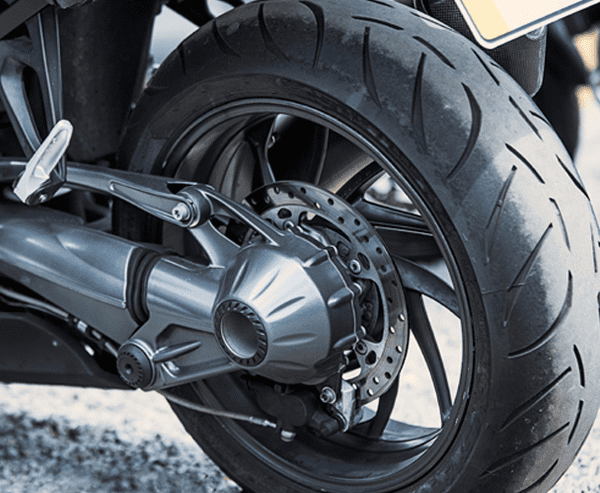
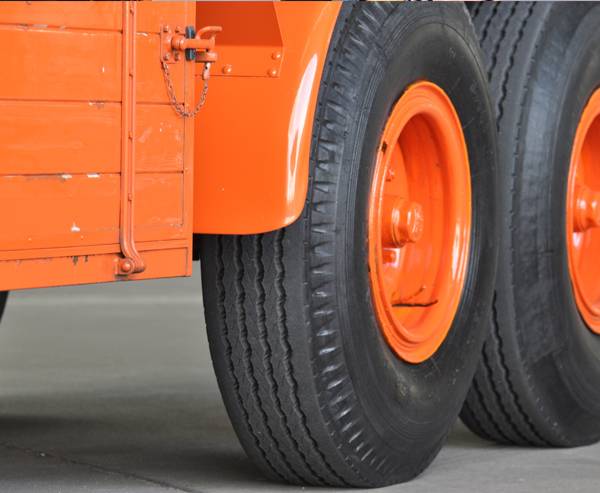
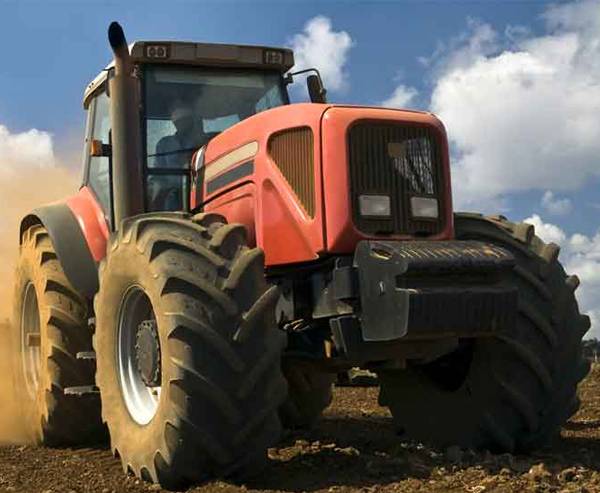
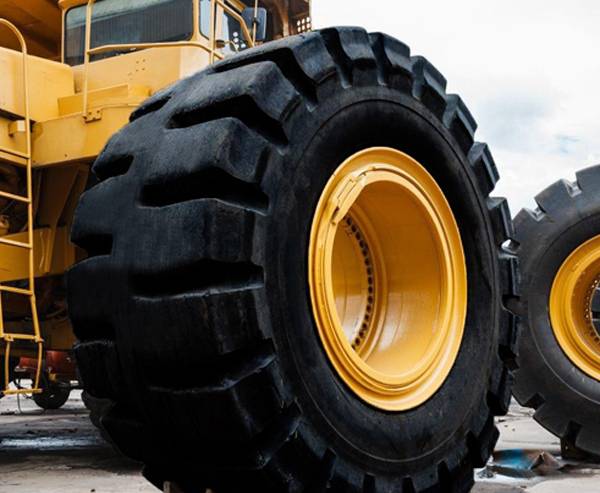
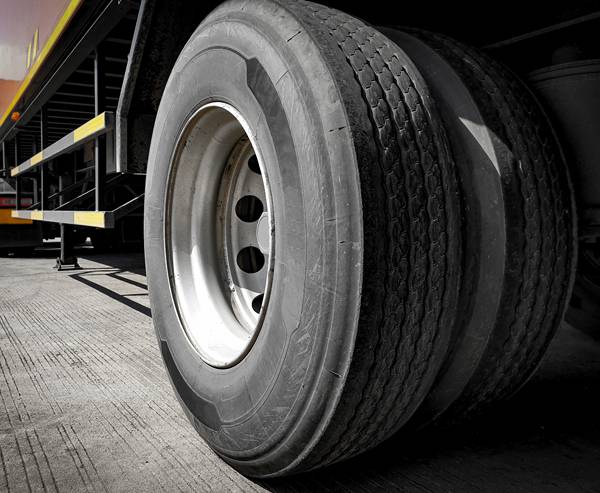
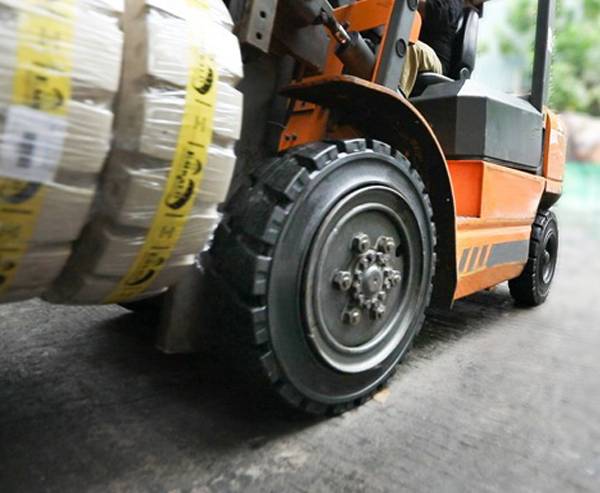







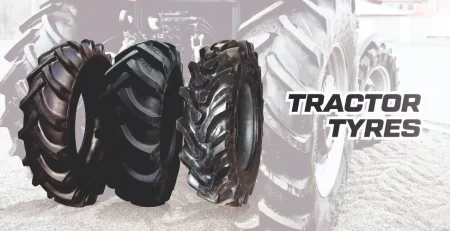


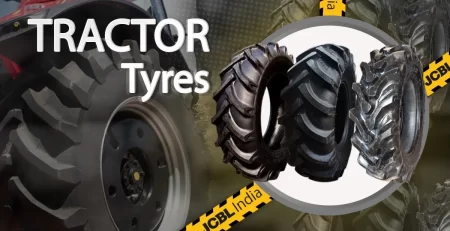

Leave a Reply